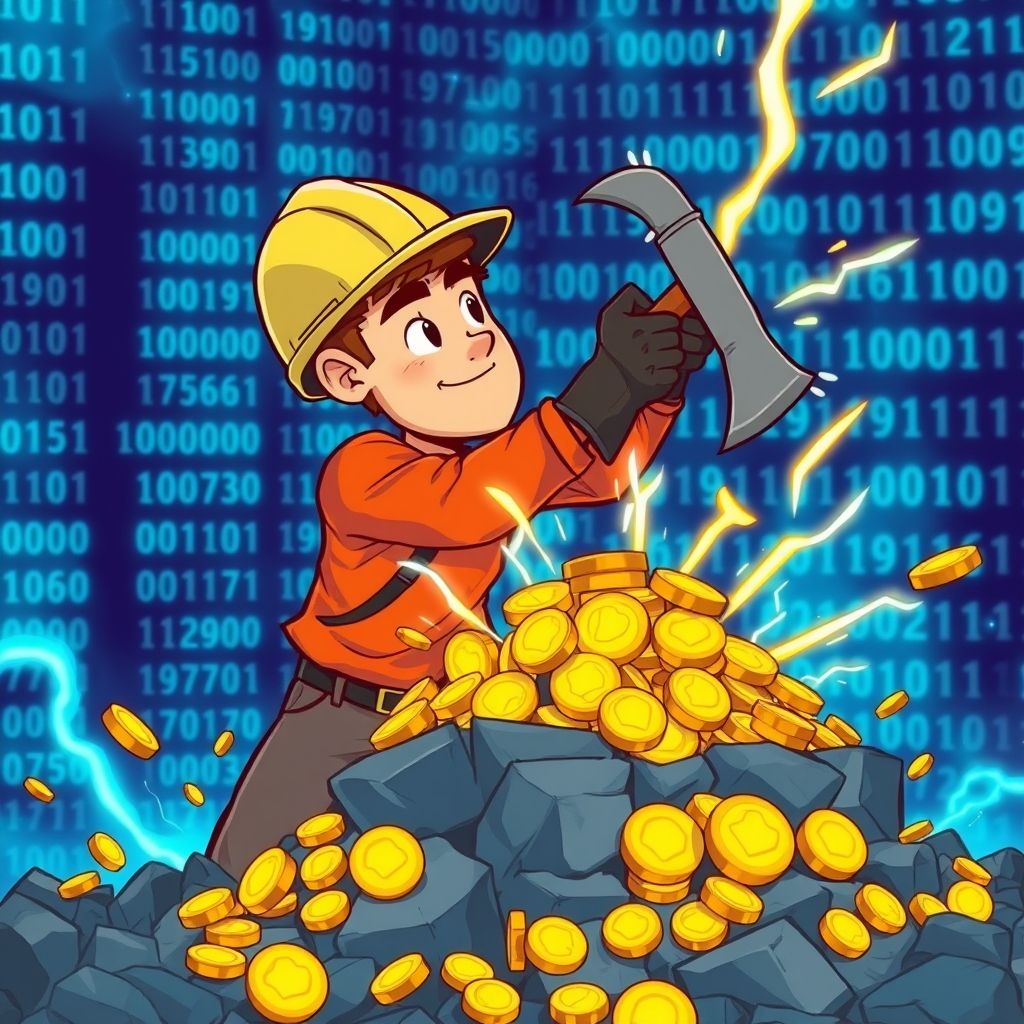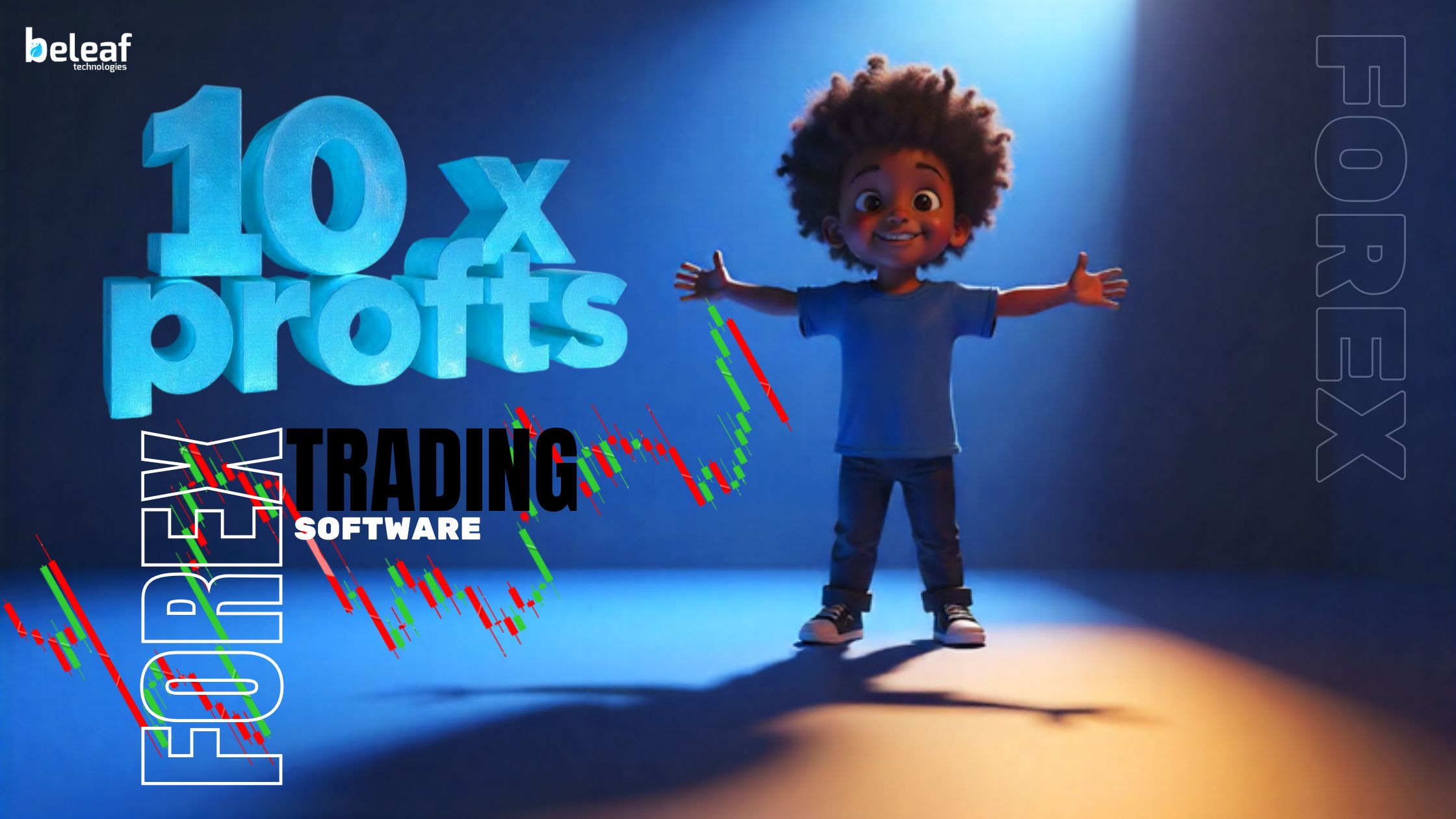The NFT space has evolved dramatically since its early days, transforming from a niche art experiment to a mainstream phenomenon. In this vibrant yet volatile market, launching an NFT collection is no longer just about generating buzz or selling out within minutes. True success now hinges on building a loyal community, creating long-term value, and ensuring sustainable growth. As a result, effective crypto marketing has become a cornerstone for NFT projects that aim to thrive beyond the initial hype.
The Evolution of NFT Marketing
Initially, NFT marketing revolved around generating quick hype through influencer shoutouts, viral Twitter campaigns, and Discord raids. Projects like Bored Ape Yacht Club and CryptoPunks captured imaginations with their exclusivity and cultural relevance, often riding on waves of speculative interest. However, as more collections flooded the market, audiences became more discerning. Rug pulls, failed roadmaps, and short-lived hype cycles began to erode trust. The focus started to shift from quick sellouts to sustainable ecosystems built on real utility, community engagement, and brand loyalty.
This shift ushered in a new era of NFT marketing. Success now depends on a deeper understanding of brand identity, storytelling, and user experience. Marketing strategies are no longer about noise but about resonance—connecting with target audiences in meaningful, authentic ways that go beyond the mint day. Projects that understand this evolution are better positioned to grow sustainably and withstand market fluctuations.
Understanding Your Audience and Market Position
Before launching an NFT collection, it is essential to define your audience clearly. Different communities have distinct motivations for purchasing NFTs. Art collectors may be driven by aesthetic value and rarity, while gamers may look for in-game utility. Investors, on the other hand, seek long-term returns and are often influenced by market sentiment, project utility, and the founding team’s credibility.
Identifying your audience helps shape every aspect of your marketing—from brand messaging to community-building tactics. It also guides decisions about which platforms to focus on, what content to produce, and how to communicate your collection’s unique value proposition. Are you building a metaverse-ready asset? Is your NFT part of a larger DAO initiative? Are there tokenomics involved? Answering these questions allows you to carve out a niche in an increasingly crowded marketplace.
Moreover, understanding your market position also involves competitor analysis. Studying successful projects in your niche can offer insights into what resonates with users and what pitfalls to avoid. However, copying existing models without innovation rarely yields long-term success. The goal is to differentiate while learning from industry benchmarks.
Building a Strong Brand Identity
Brand identity is often overlooked in crypto, but it is critical for NFT collections aiming for long-term growth. A strong brand tells a compelling story, invokes emotion, and creates recognition. From your logo and website to your tone of voice and mission statement, every element should be cohesive and reflective of your collection’s values.
Storytelling plays a central role in shaping your brand identity. Great NFT projects do not just sell digital assets—they sell a vision, an experience, and a community. Whether it’s a dystopian sci-fi universe, a cute pixelated character world, or a futuristic fashion brand, your story should offer users something they can belong to. This emotional connection is what turns one-time buyers into lifelong fans.
Furthermore, your brand identity should be adaptable across multiple platforms and mediums. Whether someone encounters your project on X (formerly Twitter), Instagram, Discord, or an NFT marketplace, the message should be consistent. A fragmented brand experience can dilute your credibility and confuse potential holders.
Community Building: The Heart of NFT Marketing
In the world of NFTs, community is everything. Projects with active, engaged communities tend to outperform those with large but passive followings. Community members are not just supporters—they are brand evangelists, contributors, and long-term stakeholders.
Creating a thriving community starts with choosing the right platforms. Discord remains the go-to platform for NFT communities, offering real-time engagement and community-building tools. However, managing a Discord server is an art in itself. It requires moderation, transparency, gamification, and consistent interaction. Hosting AMAs, launching community contests, and implementing rewards systems can help maintain excitement and participation.
Beyond Discord, social platforms like X and Instagram are critical for outreach and storytelling. Visual content, teasers, memes, and sneak peeks can generate anticipation, while educational threads and interviews build credibility. But more importantly, these platforms allow two-way communication. Listening to community feedback, acknowledging concerns, and showing appreciation go a long way in building trust.
Community members also value transparency and a clear roadmap. Regular updates, development logs, and sneak previews show that the team is committed and progressing. Over time, this transparency fosters a sense of ownership and involvement, turning holders into partners in your journey.
Collaborations and Strategic Partnerships
In the NFT world, no project is an island. Collaborations can amplify visibility, attract new audiences, and add layers of utility to your collection. Whether it’s a joint drop with another artist, integration into a metaverse platform, or a partnership with a DeFi protocol, strategic alliances can supercharge your growth.
However, the key to a successful collaboration is alignment. Your partner’s audience, values, and style should complement yours. Forced partnerships may generate short-term attention but rarely deliver long-term value. The goal should be to co-create something meaningful that resonates with both communities.
Influencer partnerships also play a role but should be approached with caution. While influencers can drive massive attention, their involvement should be authentic. Ideally, they should genuinely believe in the project and be part of the community. Paid shoutouts without engagement often feel disingenuous and can lead to backlash, especially if the influencer’s audience doesn’t align with your brand ethos.
Launch Strategy and Minting Mechanics
A well-thought-out launch strategy is crucial for ensuring a successful mint. This includes everything from pricing models and whitelist mechanics to platform selection and smart contract audits. Timing is another essential factor—launching during a market downturn or amidst industry drama can dampen visibility and participation.
Creating tiered access—such as presales, whitelists, or loyalty-based tiers—can reward early supporters and prevent gas wars. Dutch auctions, bonding curves, or fixed pricing models each have their merits depending on your project’s goals and community profile.
Equally important is the storytelling around the launch. Leading up to the mint, your campaign should be filled with teasers, behind-the-scenes content, countdowns, and interactive experiences. A stagnant launch, no matter how great the art or utility, can fail to generate the excitement needed for momentum.
Post-mint, your marketing shouldn’t stop. Sustaining engagement and delivering on promises is where true growth happens. Many collections lose steam after the initial rush because they shift focus away from marketing. The real work begins after the mint—when the challenge is to convert hype into habit and curiosity into commitment.
Utility, Roadmaps, and Evolving Use Cases
One of the strongest levers for long-term NFT project success is utility. In 2025, collectors are increasingly wary of projects that promise everything and deliver nothing. A transparent roadmap with realistic milestones helps set expectations and build confidence.
Utility can take many forms—staking mechanisms, governance rights, exclusive content, real-world perks, and access to metaverse assets. The more ways holders can derive value from their NFTs, the more likely they are to stay engaged. However, utility should not feel forced. It must be coherent with your brand and storyline.
Roadmaps should be flexible yet goal-driven. Markets evolve, and so should your plan. Regularly updating your roadmap based on community feedback, market conditions, and new opportunities ensures your project stays relevant. The key is communication. When holders feel involved in shaping the future of the project, loyalty deepens.
Moreover, as blockchain technology advances, NFT collections that can adapt—through interoperability, cross-chain functionality, and ecosystem expansion—will have a competitive edge. Building a product that lives beyond the JPEG is where the market is headed, and your marketing should reflect that vision.
Post-Mint Engagement and Growth Sustainability
The period after the mint is often the most neglected yet most important phase of an NFT project. This is when the initial hype fades, and real community cultivation must begin. Sustained growth depends on continuous engagement, consistent delivery, and innovative marketing.
Gamification is a powerful tool for post-mint engagement. Features like missions, loyalty rewards, leaderboards, and unlockable achievements can keep the community active and invested. Exclusive content drops, collaborations, and interactive events like virtual meetups can further boost engagement.
It’s also important to track performance metrics—engagement rates, secondary market activity, community sentiment, and holder retention. Data-driven insights can help fine-tune marketing strategies, optimize content, and identify areas of improvement. Analytics tools tailored for NFTs can offer valuable visibility into how your collection is performing and where the marketing gaps lie.
Sustainable growth also requires re-investment into the community. Using treasury funds for community grants, content creation, or DAO initiatives ensures that the project continues to evolve organically with user contributions. Projects that empower their communities to co-create content, utilities, and even future collections are more likely to build lasting ecosystems.
Reputation Management and Crisis Handling
In crypto, things move fast—and so do narratives. One misstep, delayed promise, or miscommunication can spark panic or backlash. Reputation management should be a central part of your marketing strategy. Transparency, accountability, and responsiveness are critical during times of uncertainty.
If issues arise—such as contract bugs, delayed launches, or utility rollouts—clear and timely communication can prevent damage. Avoid overpromising and underdelivering. Setting realistic expectations from the beginning makes it easier to navigate setbacks. Furthermore, building a positive reputation doesn’t just shield you during crises—it also attracts long-term supporters, investors, and collaborators.
Public relations, both on social platforms and through traditional media, also play a role in reputation management. Partnering with credible media outlets, thought leaders, and respected community figures can lend credibility to your project and broaden your visibility. Even during quiet phases of development, maintaining communication and media presence keeps your brand relevant and top-of-mind.
Conclusion: From Mint to Movement
The journey of an NFT collection does not end at mint—it begins there. While hype can drive short-term attention, sustainable growth is built on community, utility, trust, and strategic marketing. As the NFT space matures, so do the expectations of collectors, investors, and communities. Projects that succeed in 2025 and beyond will be those that embrace transparency, innovate continuously, and foster genuine human connections through thoughtful marketing.
Crypto marketing for NFT collections is no longer about quick wins. It’s about creating lasting cultural, economic, and technological value. From building a brand and community to evolving utilities and maintaining trust, the blueprint for success is multidimensional. Ultimately, those who focus on sustainable growth rather than fleeting hype will be the ones to leave a lasting impact on the Web3 landscape.






